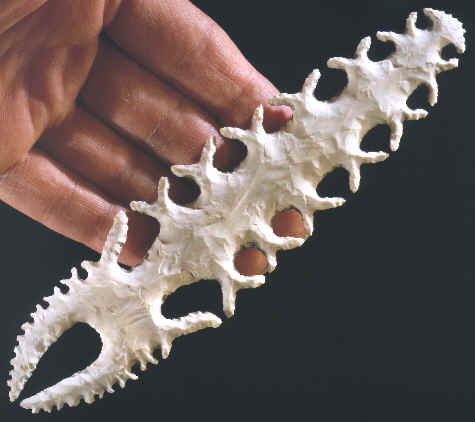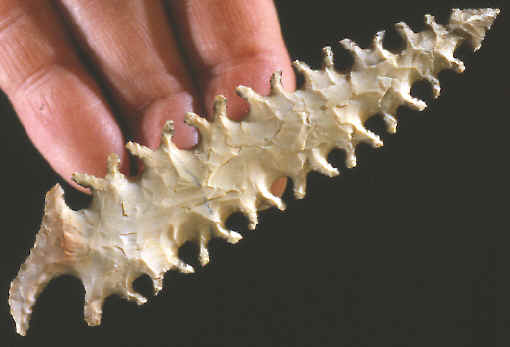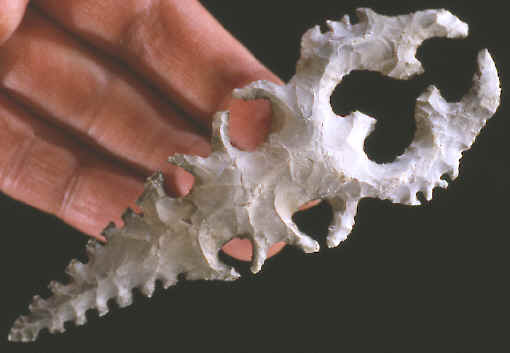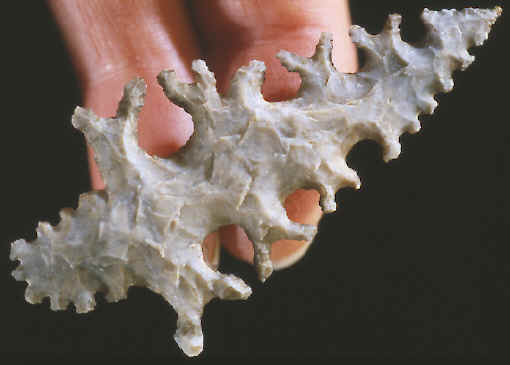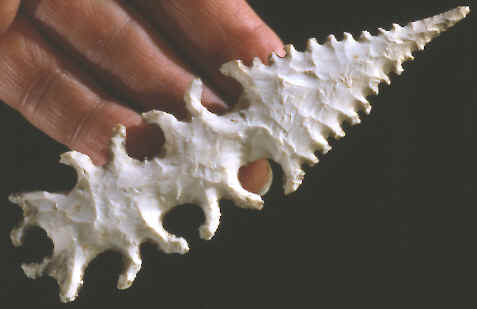|
|
|
Mack Tussinger is recognized as one of the earliest commercial knappers in the country. D.C. Waldorf writes in "Chips" that Mack Tussinger collected many finished but unnotched blades (bifaces) that he re-flaked and made into eccentric points. Some of these point types would have been Archaic knives, North points or Woodland Adena leaf blades. It's believed that Mack learned how to re-flake them into the forms that became famous as the Oklahoma eccentrics. In his later years he was sawing out blanks with a rock saw then pressure flaking them into various shapes. |
|
|
|
|
At least as early as 1940 there was a published report that was critical of Mack Tussinger's cache of eccentrics. In the report called the "Study of the Oklahoma Eccentric Flints" Ellis writes "The eccentric points do not conform to any known pattern." The only artifact type in the Americas that they can be compared to are the Mayan eccentrics. But in design they are more dissimilar than they are the same. The Oklahoma eccentrics really are very unique in their design. |
|
|
|
|
The Oklahoma eccentrics come in all sizes and an amazing assortment of shapes. They were made from all sizes of blades (bifaces). Some of them were made from very thin bifaces and others were made on very thick ones. Some on them were made on bifaces as thick as digging tools like hoes or spades. |
|
|
|
|
Mack Tussinger's eccentrics also come in all lengths. They can be very tiny, the size of small arrow points or over 12 inches long. On the back cover of "Treasures From A Pre-Historic Age" there are three eccentrics that range in size up to 12 1/4 inches (31.1 cm) long. The surfaces look very flat and they appear to have been made from slabs that were cut on a rock saw. |
|
|
|
|
Some people would put the Oklahoma eccentrics into a category of unique American folk art. It would have taken a lot of time and skill to make some of the more elaborate examples. Many flintknappers today would have a difficult time duplicating some of them. |
|
| CONTINUE ON TO PAGE FOUR | |
|
"REFERENCES"
1940,
"Study of the Oklahoma Eccentric Flints", by H. Holmes Ellis, 7
pages. |
|
